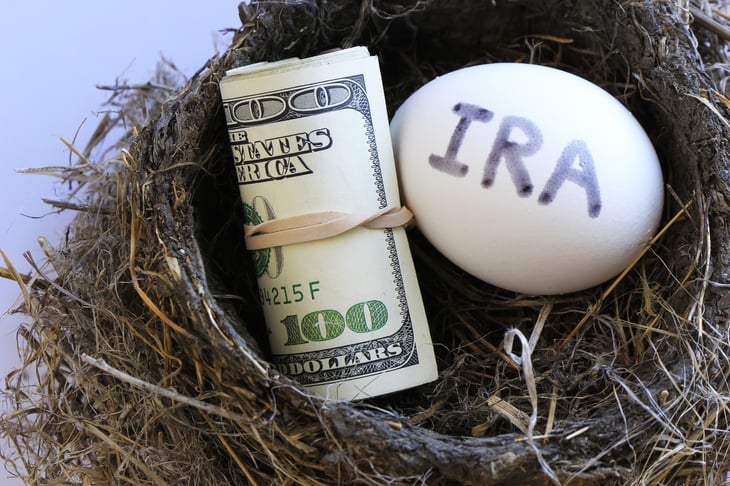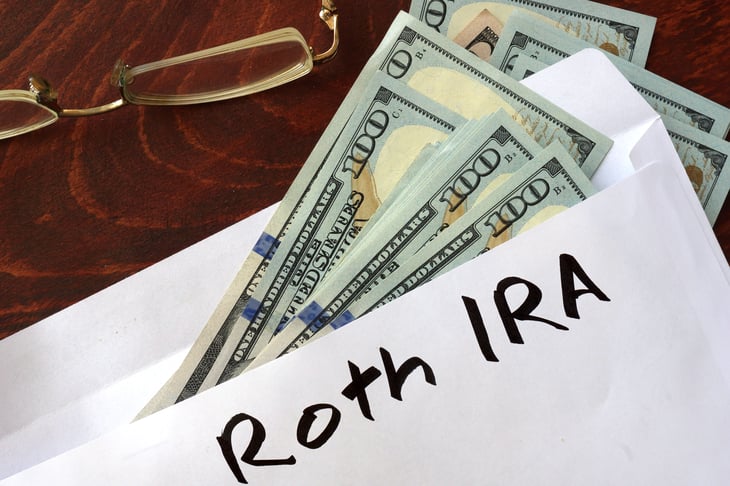
When talking about saving for retirement, many of us immediately jump to the 401(k).
However, while a 401(k) account can be a great tool for building wealth for retirement, not everyone has access to this retirement savings vehicle.
Here are some ways to save for retirement without a 401(k).
1. Health savings account

A health savings account (HSA) is one of the most tax-friendly savings tools available, offering a tax deduction upfront and allowing your money to grow tax-free. Then, it can be withdrawn tax-free so long as it’s used for qualified medical expenses.
While you can’t contribute as much to an HSA as you can to a 401(k), for those who qualify, it can make a solid addition to your effort to save money for health care costs during retirement.
You do need to have a high-deductible health care plan in order to qualify, and you can’t be enrolled in Medicare or listed as a dependent on someone else’s tax return.
2. Traditional IRA

The traditional IRA is one of the most flexible accounts. It allows you to make contributions as long as you have taxable income. You can even contribute if you have other types of retirement accounts.
Depending on your situation, your contributions might even be tax-deductible, reducing your taxable income and thereby also reducing your tax bill.
Contribution limits are lower for the traditional IRA than for the 401(k), but it can still be a way to build up a retirement portfolio.
3. Roth IRA

If you don’t want a tax benefit today but instead prefer your money to grow tax-free over time, you can contribute to a Roth IRA.
With the Roth, however, you must meet income requirements to contribute. Once you earn over a certain amount, you’re no longer allowed to contribute to a Roth IRA.
4. Taxable investment account

You don’t need a tax-advantaged retirement account to set money aside for the future. It’s possible for anyone to open a taxable investment account and begin growing a portfolio.
A taxable investment account typically offers fewer tax advantages than a retirement account. However, you don’t have to worry about early withdrawal penalties and other restrictions to accessing your money when you need it.
5. Solo 401(k)

If you’re a business owner, you can set up a solo 401(k) and make contributions in line with a regular 401(k). In order to use a solo 401(k), though, you must be a business owner without employees. The only exception is if you have a spouse and set up a plan for you and your spouse.
Because you act as both employer and employee, you’re also allowed to set up your 401(k) so that you can make employer contributions on top of your employee contributions. This can create enormous tax advantages for some people.
6. SEP IRA

Another option for a business owner is to set up a Simplified Employee Pension Plan (SEP) IRA. You can even open this type of plan if you are self-employed.
The IRS says business owners must offer the SEP IRA to all employees who are at least 21 and who worked for the employer in three of the last five years. The employee must also have received at least $750 in compensation in 2022. You can find more details about the rules at the IRS website.
As a business owner, a SEP IRA can be a way to save for your own retirement as well as a flexible option to provide a retirement plan for your employees.
7. SIMPLE IRA

You can also open a Savings Incentive Match Plan for Employees (SIMPLE) IRA as a business looking to provide some type of retirement plan for employees.
In order to qualify to contribute to a SIMPLE IRA, you need to earn at least $5,000 in any two calendar years before the current year and also expect to earn that much in the current year. However, the IRS states that “an employer can use less restrictive participation requirements than those listed, but not more restrictive ones.”
For more on the rules, visit the IRS website.






Add a Comment
Our Policy: We welcome relevant and respectful comments in order to foster healthy and informative discussions. All other comments may be removed. Comments with links are automatically held for moderation.